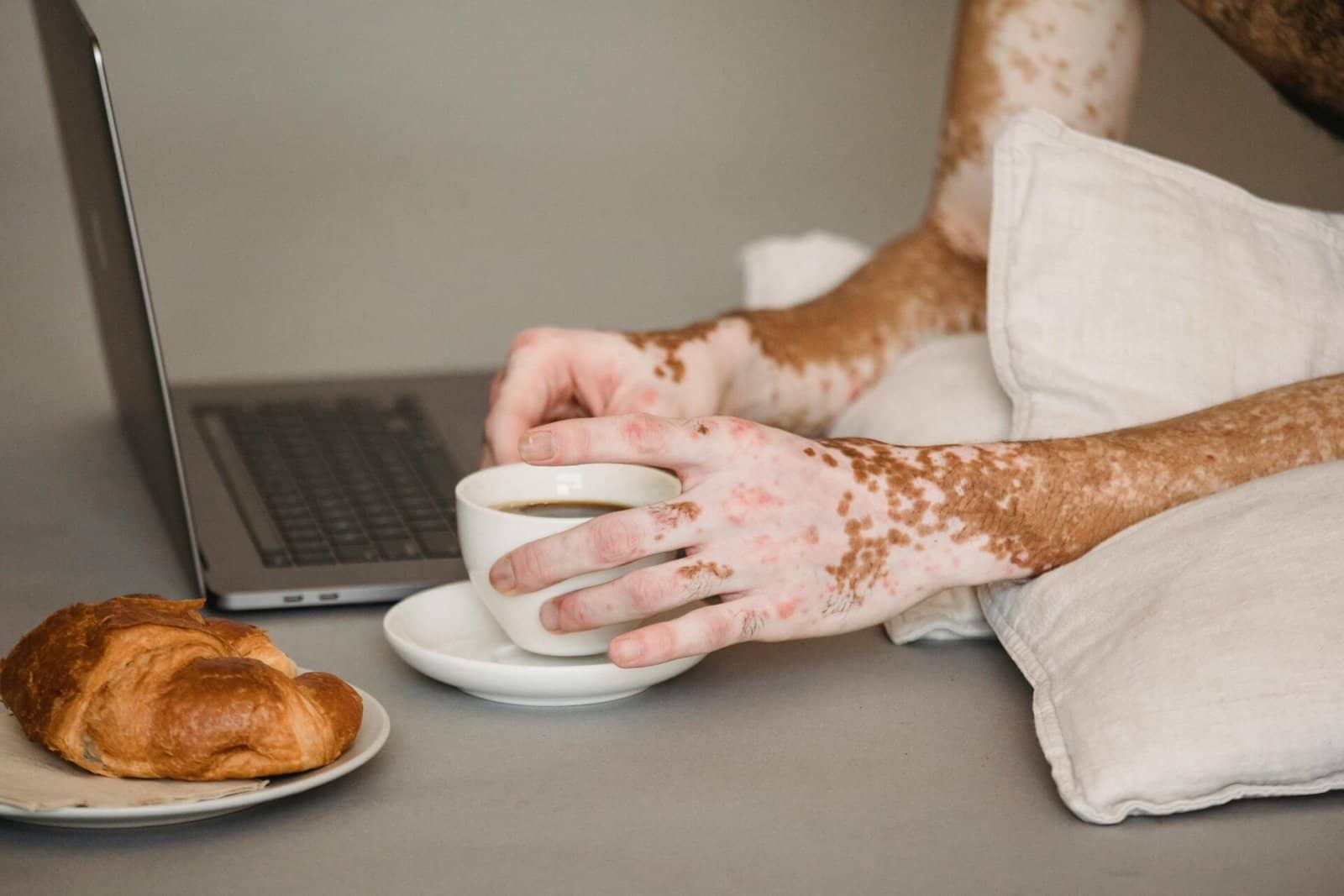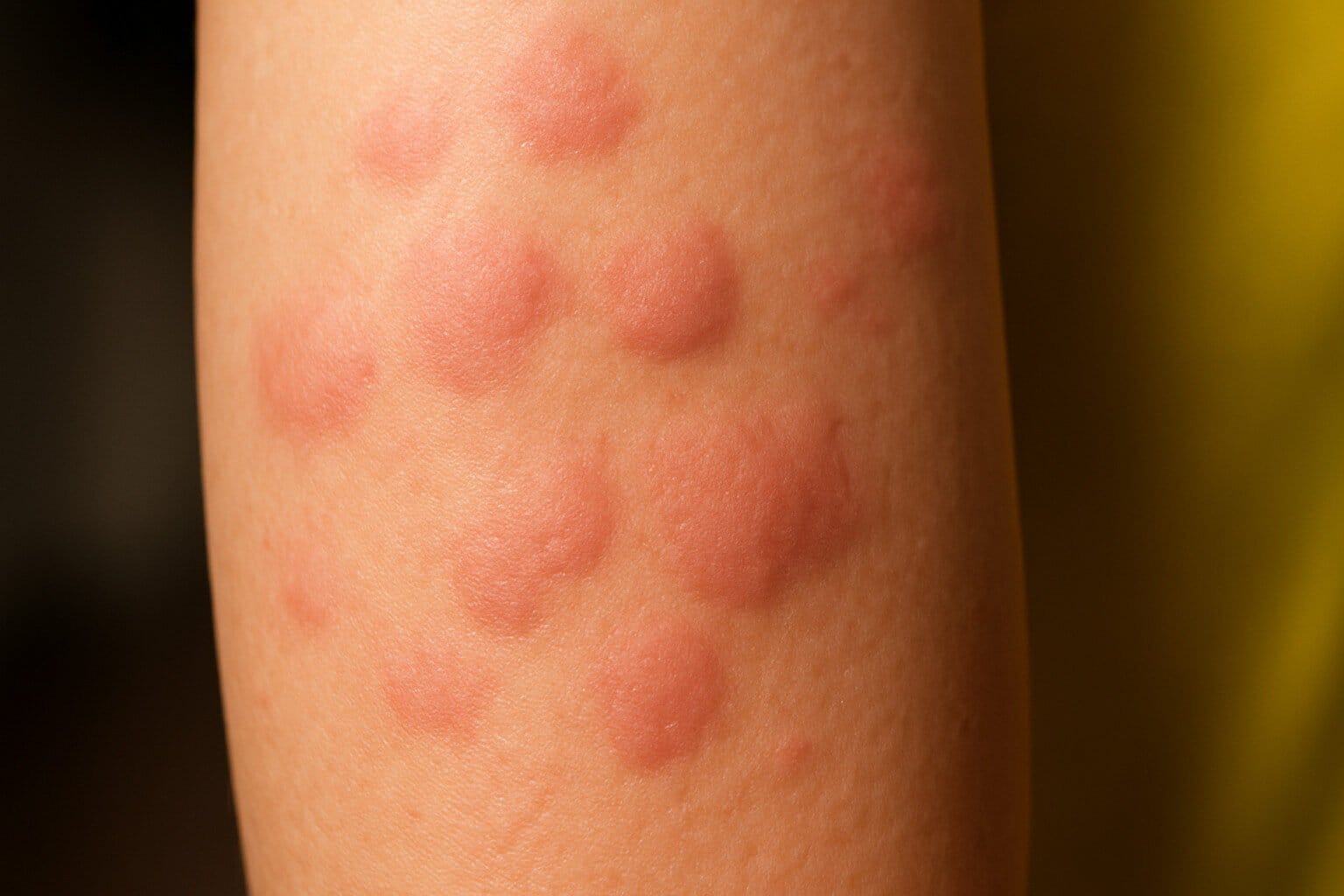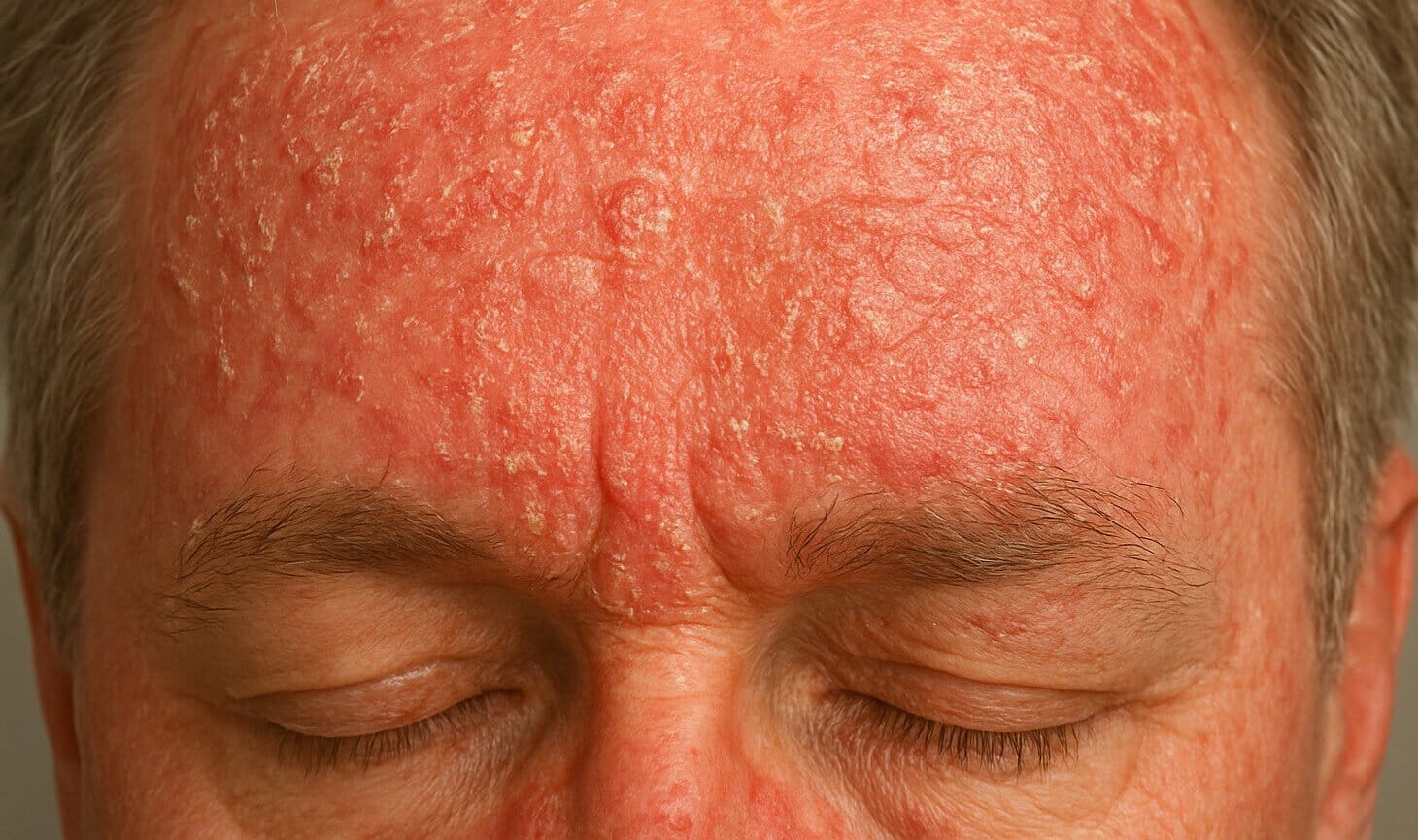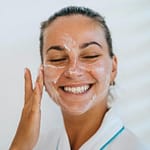Heat Rash Causes, Types, Baby Care, Treatment, and Prevention
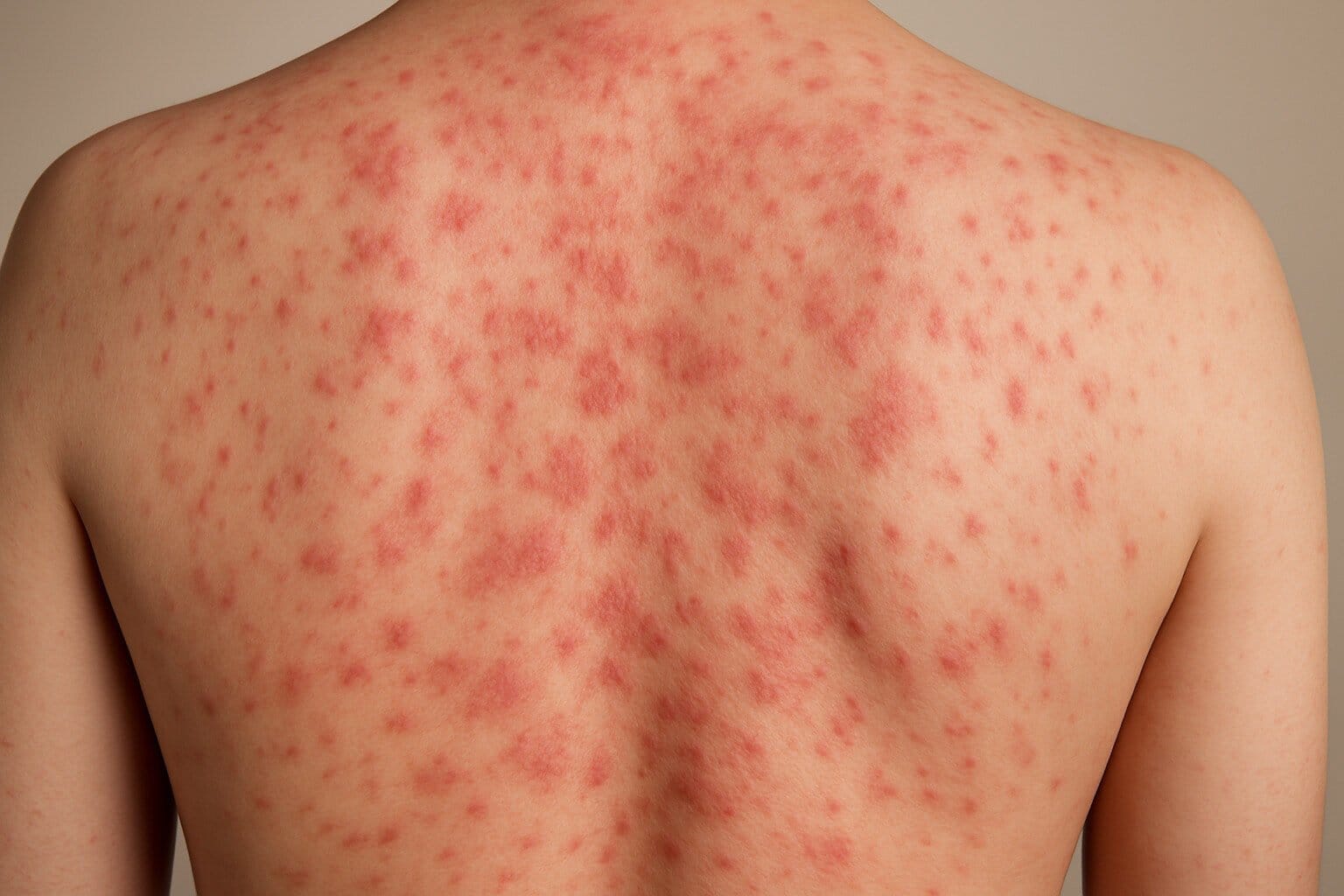
- What Is Heat Rash?
- Why Does It Happen?
- How Does It Form?
- Types
- Myths
- Relief Options
- Prevention Tips
- Recommendation
- FAQs
Heat rash, also called prickly heat or miliaria, is a red, itchy rash that pops up when you get too hot and sweaty, making your skin feel prickly and uncomfortable. For example, it can show up during a hot day at a school field trip, a soccer game, a family hike, or a summer picnic with friends. These tiny red bumps or dots look annoying and can make you shy about wearing short sleeves in front of classmates. Moreover, heat rash can get worse if you stay sweaty or wear tight clothes. It’s not dangerous, but it’s super annoying, especially when you want to enjoy a fun day outside. However, you can calm it down with simple tricks at home. This article explains what heat rash is, why it happens, and what triggers it. Additionally, it covers how it forms, different types, myths to avoid, and easy ways to relieve and prevent it. Furthermore, we include practical tips and answer questions to help you get smooth, clear skin. Therefore, this guide will help you feel confident, keep heat rash away, and enjoy hot days without itching.
What Is Heat Rash?
Heat rash, or miliaria, is a skin condition that causes small red bumps or dots that feel itchy or prickly, especially in hot weather. Unlike pimples, which form in one spot, heat rash spreads over areas like your neck, chest, arms, or back, and feels stingy when you touch it. For instance, it might appear after running around at recess, playing basketball, or wearing a heavy backpack on a warm day. It looks like tiny red spots or clear blisters and can make your skin feel hot. Moreover, anyone can get it, not just kids your age. Things like sweating a lot, tight clothes, or hot, humid air can trigger it. For example, it often shows up where clothes rub, like under your collar or on your shoulders. However, it can appear anywhere you sweat a lot. By learning what causes heat rash, you can control it better. Therefore, this guide gives you tools to handle miliaria, make your skin feel better, and keep it looking clear.
Why Does It Happen?
Heat rash, or miliaria, happens when your sweat gets trapped under your skin, clogging pores and causing irritation. Your skin has tiny tubes that let sweat out to cool you down. When it’s hot or humid, and you sweat a lot, these tubes can get blocked by sweat, dirt, or heavy lotions. For example, playing soccer in a thick shirt, wearing a tight hat during a school event, or sitting in a hot car can trigger it. Additionally, humid weather, like during summer storms, or not showering after sweating can make it worse. Bacteria or oils from unwashed sports gear can also clog pores and cause rashes.
Furthermore, kids with sensitive skin or who sweat a lot during activities, like gym class or biking, are more likely to get heat rash. For instance, wearing layers of clothes, like a jacket over a sweater, or using creamy lotions that don’t let your skin breathe can trap sweat. Also, sleeping under heavy blankets or sitting on plastic chairs that don’t let air reach your skin can spark it. Therefore, knowing these triggers helps you figure out what’s causing it and how to avoid them to stop those prickly bumps before they spread.
How Does It Form?
Heat rash, or miliaria, forms when sweat gets stuck under your skin because your sweat tubes, called pores, get blocked. Your skin uses these tubes to release sweat and cool you down. In hot weather or when you’re super active, like running at a school track meet, sweat can build up faster than it can escape. If pores get clogged by sweat, dirt, or heavy creams, the trapped sweat irritates your skin, causing red bumps or tiny blisters. For example, wearing a tight shirt during a hot day or not showering after a game can block pores. This irritation leads to itching, stinging, or a prickly feeling, creating rash. Unlike acne, which is oily, rash is from trapped sweat and can appear in sweaty areas like your neck or back.
Additionally, scratching makes heat rash worse, spreading irritation and letting germs in. For instance, scratching bumps on your arm after playing outside can make them redder or sore. Hot, humid air, like during a summer camp, or tight clothes, like a new belt, can trap more sweat. Moreover, heavy lotions or not changing out of sweaty clothes can clog pores further. This process, blocked pores, trapped sweat, and irritation, creates miliaria. Therefore, knowing how it forms helps you keep your skin cool and stop prickly rashes.
Types
It or miliaria, comes in different types, and other rashes can look similar. Here are the main kinds you should know:
- Miliaria Crystallina: Clear, tiny blisters filled with sweat. For example, they show up on your neck after sweating at a school picnic.
- Miliaria Rubra: Red, itchy bumps that feel prickly, also called prickly heat. For instance, they appear on your back from a heavy backpack.
- Miliaria Profunda: Hard, flesh-colored bumps deeper in the skin. Moreover, they’re rare but can happen after lots of sweating.
- Hives: Raised, itchy welts from allergies, not true heat rash but similar. For example, they appear after eating shrimp, unlike miliaria.
Each type needs different care. Miliaria crystallina and rubra often improve at home. However, miliaria profunda or hives might need a doctor. Therefore, knowing your rash type helps you treat it right.
Myths
Wrong ideas about heat rash, or miliaria, can confuse you. Therefore, let’s clear up some myths:
- Myth 1: Heat rash comes from dirty skin. Nope! Trapped sweat causes miliaria. However, not washing can worsen it by clogging pores.
- Myth 2: Scratching helps heat rash heal. Wrong! Scratching spreads irritation, making bumps worse or sore.
- Myth 3: Only kids get heat rash. Not true! Kids get miliaria a lot, but adults can too. For example, adults get it from hot workouts.
- Myth 4: Toothpaste fixes heat rash. No way! Toothpaste irritates skin and worsens miliaria. Instead, use cooling remedies.
- Myth 5: Heat rash isn’t from sweat. Actually, trapped sweat in clogged pores causes miliaria, especially in hot weather.
Thus, fixing these myths helps you use real ways to stop heat rash.
Relief Options for Heat Rash
Treating heat rash, or miliaria, at home takes gentle care to cool your skin and stop the itching or prickly feeling. Try these ideas:
- Gentle Washing: Wash the rash area twice daily with mild, fragrance-free soap labeled “non-comedogenic.” For example, it won’t clog pores. This cleans sweat and dirt.
- Cooling Creams: Use calamine lotion to soothe itching. Dab a thin layer on bumps once or twice daily. Ask a parent first. However, don’t overuse it.
- Natural Fixes: Try these remedies:
- Aloe Vera Gel: Apply fresh aloe vera to the rash before bed. It cools and calms prickly skin.
- Oatmeal Bath: Soak in lukewarm water with colloidal oatmeal for 15 minutes. It soothes itching.
- Cold Compress: Press a cool, damp cloth on the rash for 10 minutes. It reduces heat and swelling.
Do these carefully. For instance, mild heat rash often improves in a day. If it worsens, see a doctor.
Prevention Tips for Heat Rash
Stopping heat rash, or miliaria, means staying cool and keeping skin clear. Here are tips:
- Light Moisturizer: Use a fragrance-free, non-comedogenic moisturizer daily. This prevents dry skin from clogging pores.
- Avoid Triggers: Wear loose, breathable clothes, like cotton shirts. For example, change out of sweaty clothes after gym. Shower after sweating.
- Sun Protection: Use non-oily SPF 30 sunscreen daily. Heat from sun can worsen rashes. Choose zinc oxide for sensitive skin.
- Stay Cool: Use fans or stay in shade during hot days. Drink lots of water to cool your body.
- Handle Heat: Avoid heavy blankets or tight gear. Try relaxing stuff, like reading, to stay calm. Sleep 8 hours.
Do these daily. If rashes persist, see a doctor.
Recommendation
To fight heat rash, or miliaria, start with an easy daily plan. First, wash the rash area twice a day with mild, fragrance-free soap labeled “non-comedogenic.” Then, dab calamine lotion on itchy bumps once or twice daily, but ask a parent first. Additionally, try natural fixes, like aloe vera gel or an oatmeal bath, 2-3 times weekly to cool skin. After washing, use a fragrance-free, non-comedogenic moisturizer. Also, apply SPF 30 sunscreen daily to protect your skin.
Next, write down triggers, like tight clothes or hot weather, in a notebook. Avoid those things. For example, wear loose cotton shirts and shower after sports. Don’t scratch, it worsens rashes. Moreover, drink water and eat fruits and veggies. Furthermore, stay cool with fans or shade, and relax with music. Sleep 8 hours nightly. Be patient, heat rash often fades in a day. If it lasts longer, ask a parent to help you see a doctor.
FAQs
Q: Does heat rash go away on its own?
A: Many fade in a day or two. However, cooling remedies help faster. See a doctor if they persist.
Q: Does scratching help heat rash?
A: No, scratching worsens miliaria and spreads germs. Instead, use calamine lotion or cold compresses.
Q: Can heat rash happen in cold weather?
A: Yes, heavy clothes or sweating indoors can cause it. Stay cool and wear loose layers.
Q: Are all rashes heat rash?
A: No, some are hives or eczema. Miliaria is from trapped sweat and feels prickly.
Q: How long to clear heat rash?
A: Most fade in 1-3 days with care. However, severe cases need doctor help.
Q: Can sunscreen cause heat rash?
A: Heavy sunscreens might. Use non-oily SPF 30 labeled “non-comedogenic.”
Q: Can regular soap help?
A: No, regular soap clogs pores. Use mild, fragrance-free soap.
Q: Can kids get heat rash?
A: Yes, kids and adults get miliaria from heat and sweat. Treat early.
By learning why heat rash happens and using these fixes, you can keep your skin cool and clear.
Subscribe to our newsletter!
